The ‘Rebel’ with the regenerative vineyard
It’s no secret to Eduardo Azpillaga that, in his local area of Lanciego (Rioja Alavesa), he has always been known as a ‘rebel. He wears the reputation with grace - and even a little pride - because he acknowledges that his approach to agriculture and viticulture has certainly been unconventional. Ever since his father handed him the reigns of the family winery, Azpillaga Urarte, Eduardo has been clear about his calling: to cultivate the healthiest possible soil (using as few artificial chemical additives as possible) in order to produce wine and oil of the best possible quality. And after 25 years at the helm of the business, he feels satisfied he has achieved his goal.
To get there, Eduardo has implemented regenerative agriculture on his farm: no mean feat, since no manual can teach every farmer in the world how best to manage their personal land. The recipe for success is highly specific to each farm, and will vary according to the climate, soil, rainfall and other features of the land. But at the end of the day, regenerative farmers like Eduardo have no regrets. After all, they tend to produce an environmentally friendly product for a lower cost, at a higher quality. What’s not to like?
For Eduardo Azpillaga, the seed of his passion for regenerative agriculture was planted during his time as a student reading Oenology and Viticulture in Laguardia. Beyond what he learned in the classroom, he especially recalls a trip to France (subsidised by the Basque government) that introduced him to different regional denominations. Beaujolais had a particular impact on him, he recalls. “They produce wine with a different carbonic maceration. It completely changed my mindset.”
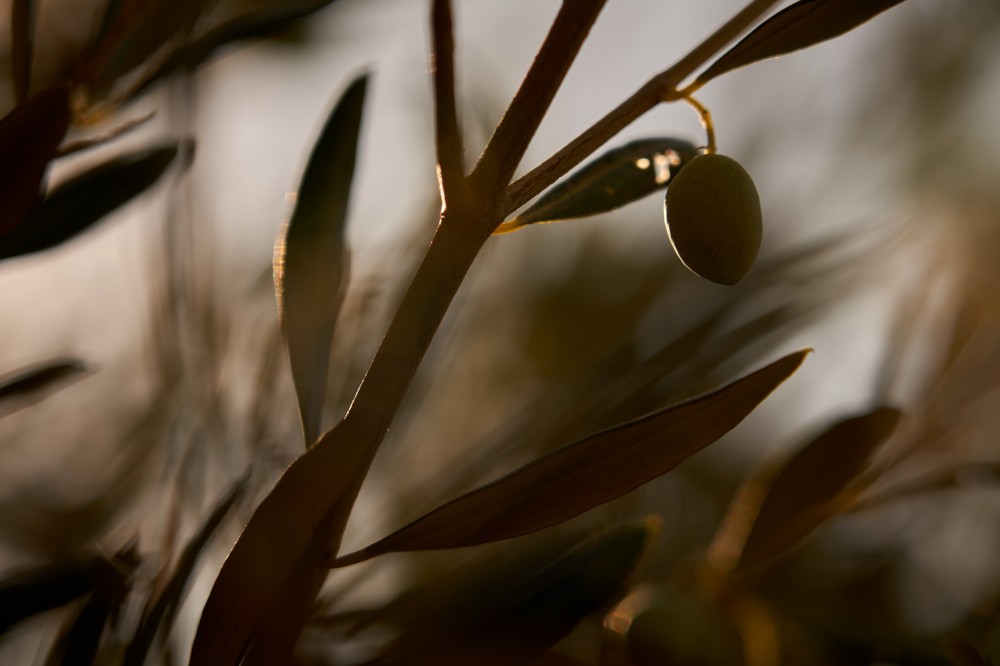
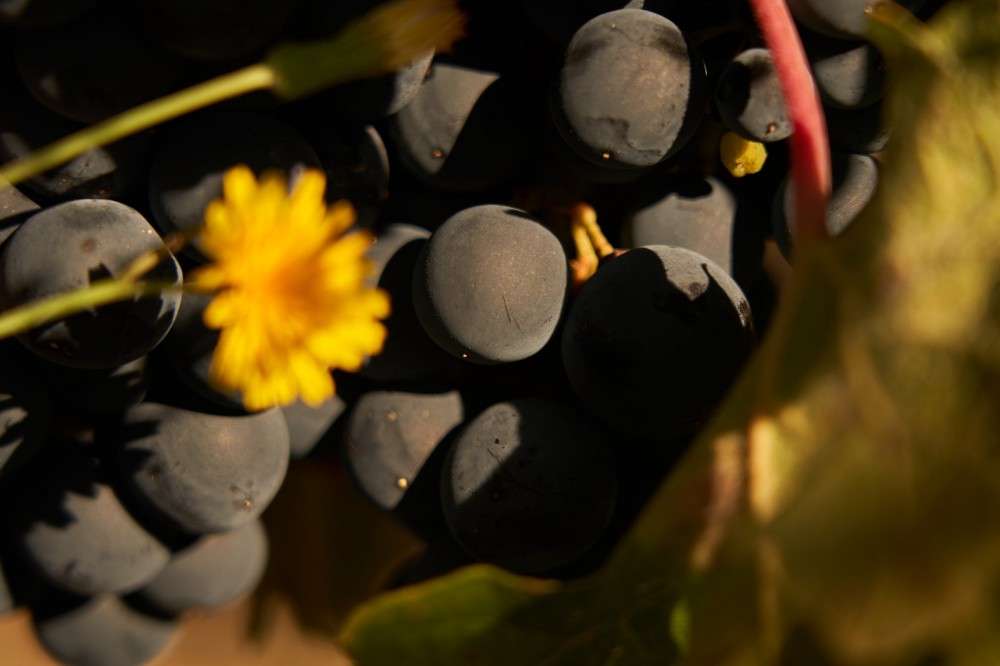
On finishing his studies in 1993, he joined the family winery. For a few years, he worked with his father, who farmed using conventional methods. Eduardo, however, had different ideas. “I wanted to transform the way we worked with the land; to eliminate insecticides,” he explains. His father was prepared to reduce their use of chemicals, but he preferred to move at a slower pace: “One step at a time”, he would say. Ultimately, Eduardo relented, for the sake of keeping the peace. “At the end of the day, I have my whole life ahead of me,” he reasoned.
Eventually, his moment arrived when his father - conscious that his son wanted to put his new theories and techniques into practice – passed the baton. “Now you can do what you like with the vines,” he told his son. From that moment, Eduardo took charge of the operation, helped for the last decade by his brother Ignacio.
At the time, Rioja wine was booming, and began to fly off the shelves. Before the everyone sold in bulk on the wholesale market. The vineyard had never been the real star of the region, like it is now. “Until then, it had been all about wine and olives explains Eduardo. Other wineries in the Rioja region realised that it was worth focusing more on the quality of their production. They looked to the Bordeaux method and began to produce better quality wines that commanded higher prices. They went from selling at rock bottom to making a decent profit, and began to bottle their own wine. Nevertheless, production at the time was small-scale and artisanal, with each producer carving out their own market.
‘Trial and error’
Eduardo Perez de Azpillaga’s journey to regenerative agriculture hasn’t been simple. To start with, the concept didn’t exist in the nineties. As such, his progress has been founded upon that classic scientific approach: trial and error. He introduced a variety of natural techniques with the aim of becoming “as respectful as possible to the land and the winery”, starting with the Beaujolais method he’d admired as a student. By the year 2000, he had done away with chemical products across his vines and olive groves and was producing organically – although in those days, the term was rarely used.
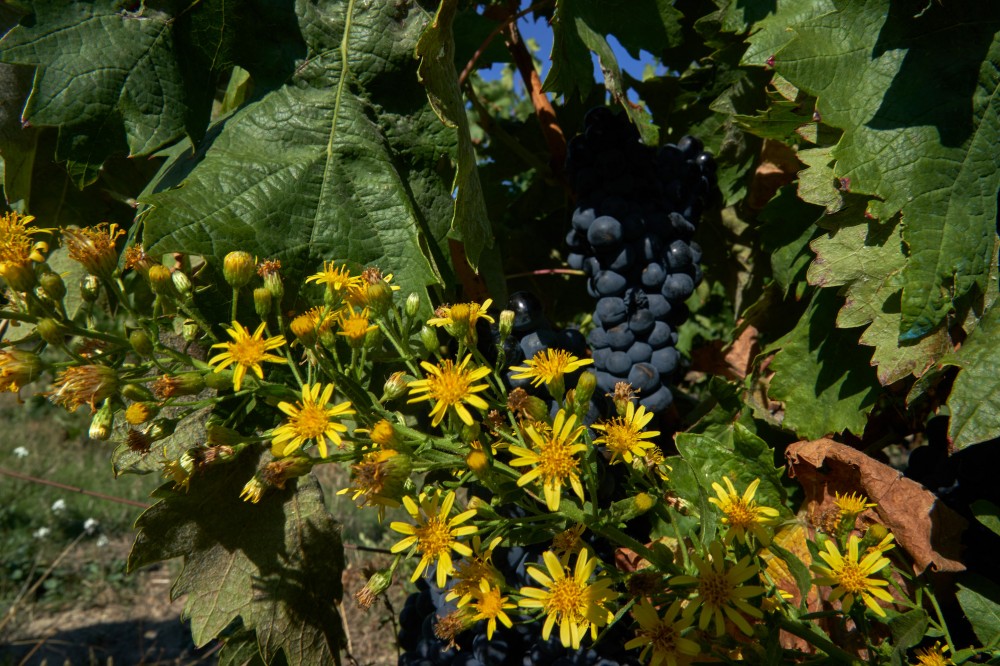
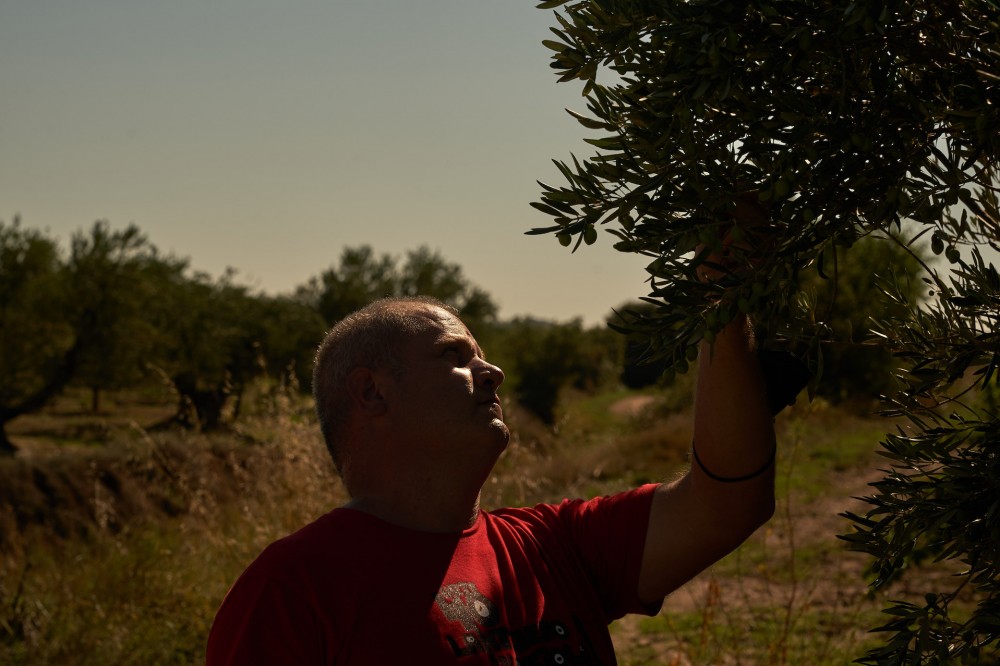
This process feels illogical – and at odds with the experience of most farmers. “First, I practised regenerative agriculture; then a few years later, I registered the vineyard in organic.” In 2012, he applied for certification at the request of a client. Of course, he passed his exams with flying colours. “The organic registration body were themselves still learning: they observed what we were doing, came to see the land and verified that the soil was completely free of synthetic chemicals.”
Despite his success, there’s no doubt that Eduardo has had to be tenacious. Although he didn’t know exactly the path he would take, he never doubted his final destination. The word that best defines him might be ‘self-taught’. His method relies on constantly monitoring the vine and closely observing its behaviour under different conditions. Certain times of year are especially critical, such as May and June, which bring a greater risk of mildew. What else is involved in going regenerative? “Longer hours - partly because there is no textbook that tells you what to do each day. In our case, we have to go and see the vines and ‘check in with’ the plant.” During the rainy season, “for over a month, we check on the vines two or three times a day.”
The fact that they don’t used chemical fungicides doesn’t mean that the Azpillaga brothers don’t protect the vine against pests and disease – they simply use natural alternatives. Since 2002, the Azpillaga Urarte bodega has planted grasses whose sap contains minerals that protect the crop from potential diseases. For the most part, he grows these grasses at the base of the crop; he also produces biofertilizer, using sea water, manure and other brewed ingredients. To make fungicides he uses garlic, willow, eucalyptus and common horsetail, as well as yarrow and nettle. As far as possible, he tries to minimise bought materials, helping him save money, stay self-sufficient and reduce production waste.
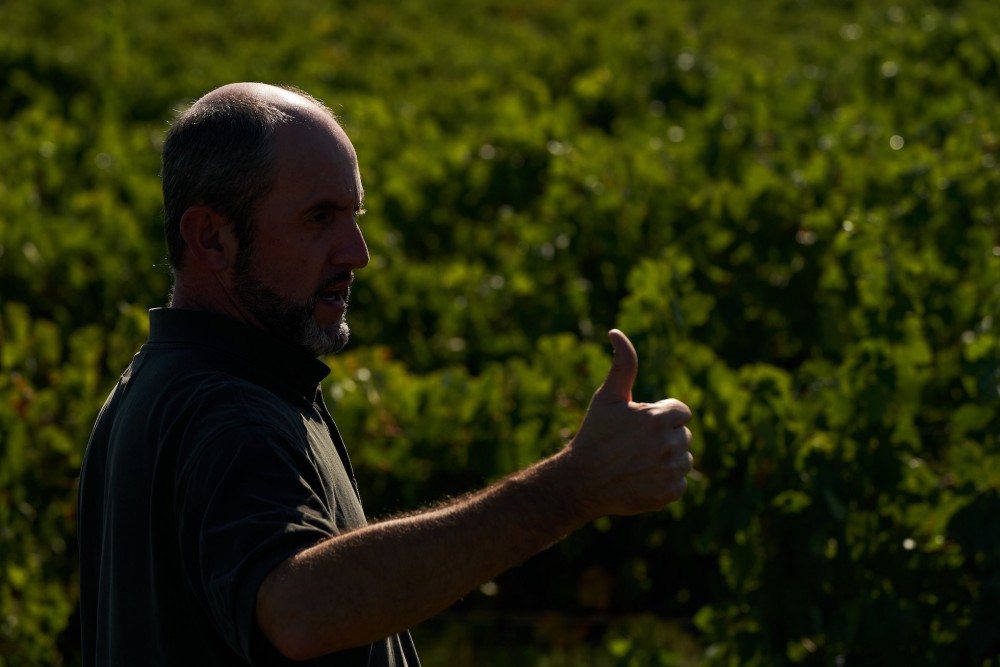
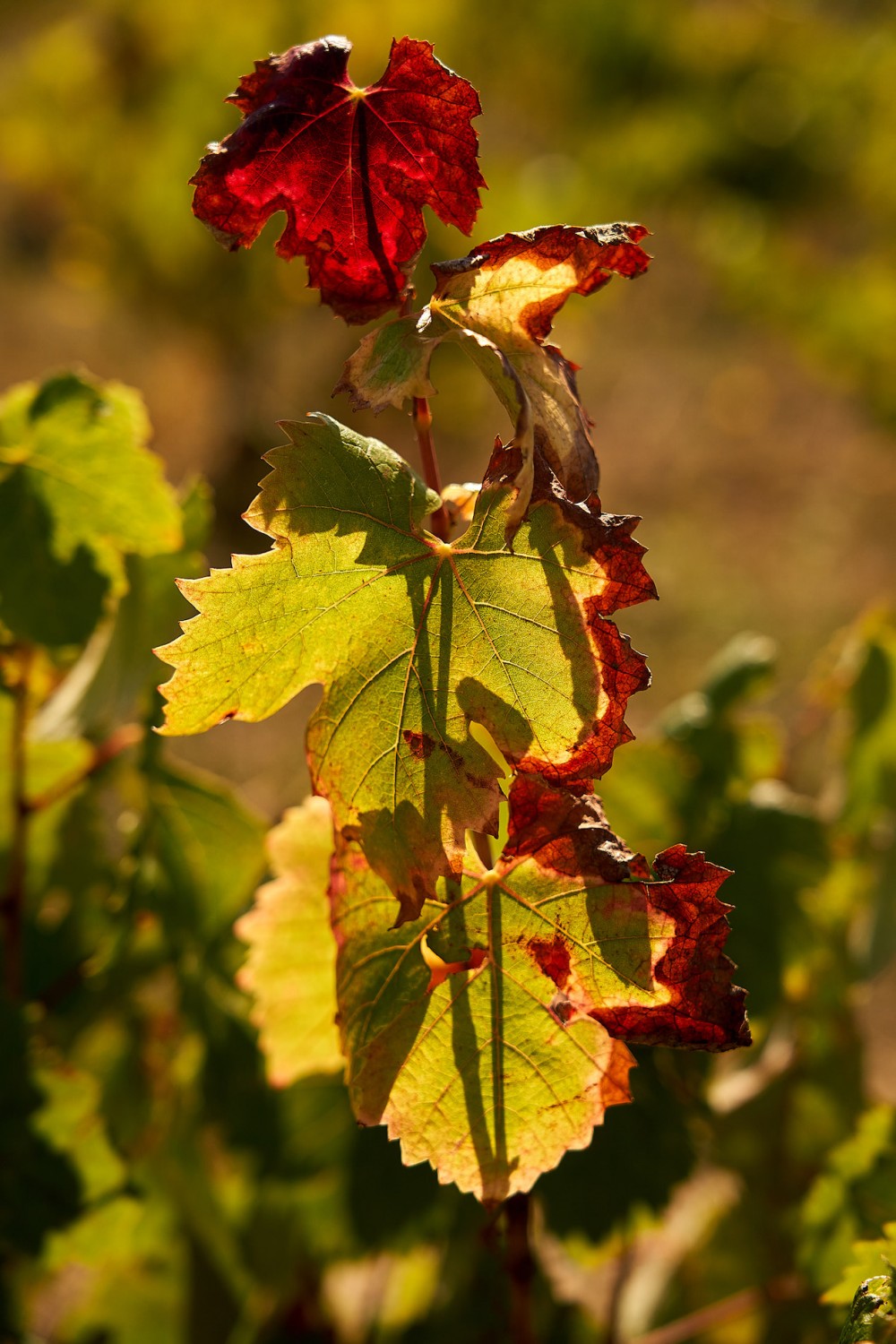
Producing his own natural pesticides and fertilizers is cheaper, but it takes work. Take the sea water extract. “We go to the coast and collect water; then, to achieve a concentrate, we extract the minerals in the water. It’s most effective in low doses, around 20 litres per hectare,” the brothers explain, while they set off to one of their parcels along a path that is known as the ‘Salt Cod Route’ – a road that once linked Rioja with the Basque coast, where fish was traded for wine.
The key: healthy soil
Walking around the land, it’s easy to spot the difference between the Azpillaga Urarte plots and those of conventional farmers. They’re distinguished from their neighbours by the vegetation that covers the soil, except in the space between vines of the same row. While the neighbouring vines are totally bare, with no trace of the smallest plant that isn’t a vine, a cloak of grass grows between the vine furrows in the regeneratively farmed land. “We mow it periodically,”, explains Eduardo. But this vegetation cover has given the neighbours much to discuss over the years. Some locals saw the ‘weeds’ as evidence of wilful abandonment and disregard for the land. “The big fight wasn’t with my father, but with the rest of the community, who didn’t understand what we were doing,” he recalls.
Of course, not everything about Eduardo’s journey has been a success, and he had to uproot the vegetation cover around some of the vines after a drought (the following year, he replanted them). But he doesn’t have any regrets. He has always tried to keep reading, educating himself and applying what he’s learned to his land. The key to regenerative agriculture lies in maintaining a healthy soil, which is why he focuses on cover crops, and especially on “what lies beneath: because that’s where the rich soil life is.” As far as Eduardo’s concerned, there’s no such thing as a bad weed, “because every weed tells you something: if it grows in a particular place, there’s a reason for it.” Above all, he insists: “you have to protect and replenish the soil.”
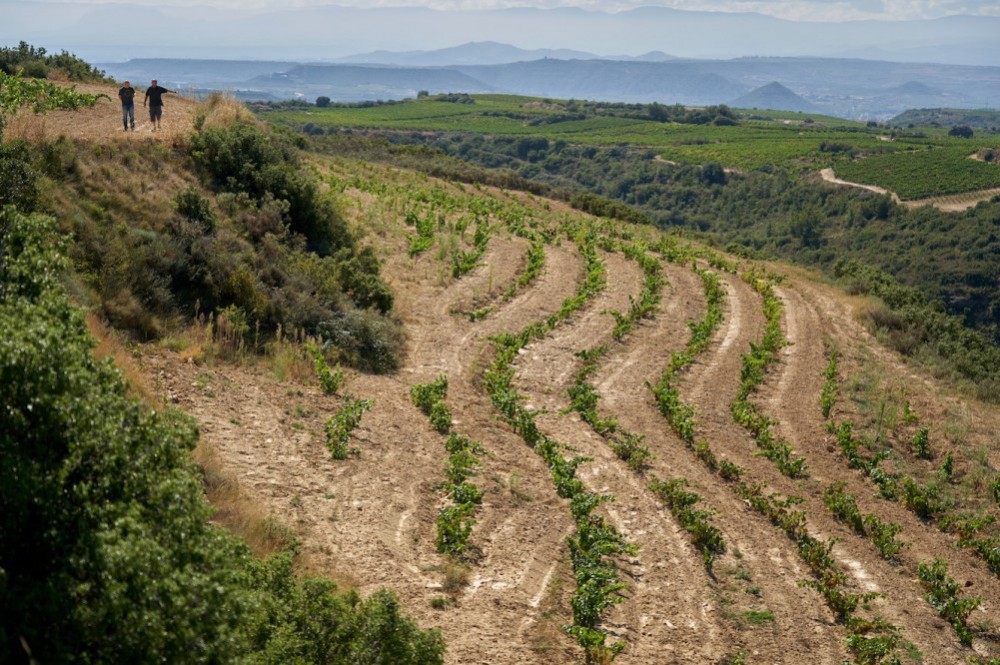
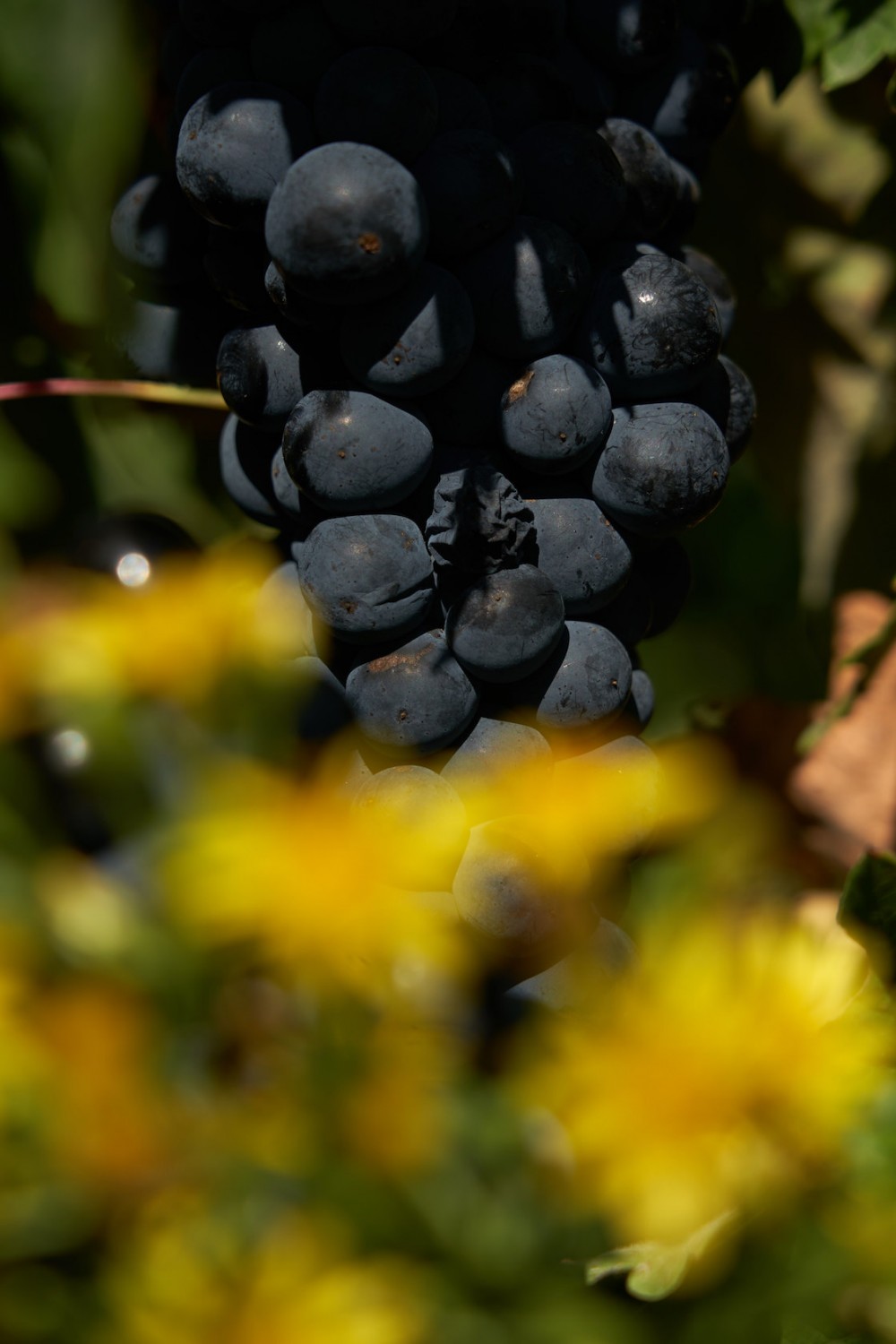
The Azpillaga Urarte family show their plots with pride. In one, they’ve introduced the ‘keyline’ technique, a methodology first developed in Australia in the fifties that combines water conservation and soil regeneration, to protect against the adverse effects of droughts and heavy rainfall. Eduardo says that during last year’s rains, water rushed downhill from a neighbouring plot taking all the mud with it onto Azpillaga Urarte’s land. The difference in their own plot is striking. As opposed to the straight lines you’d find in a conventional vineyard, the keyline method draws a curved line following the contours of the hill, slightly changing the gradient to channel water evenly across the land. The result, he goes on to explain, is “zero erosion when it rains. On the contrary, sometimes we actually gain soil.”
Another key aspect of regenerative agriculture is the combination of different crops. In many areas of Rioja, vines are the only crop to be grown. By contrast, and like many farmers in the Lanciego area, the team at Azpillaga Urarte keep up the old tradition of alternating their plots between vines and olives. In the Azpillagas’ case, they also seize the opportunity to grow fruit trees on the borders of their vineyards, like a quince tree that stands out alongside the keyline.
Ultimately, Eduardo Pérez de Azpillaga is advocating a return to the agriculture of his grandparents’ generation, but with the help of 21st century technology. For example, on the plot with the keyline design, he used GPS to draw the furrows and achieve the ideal layout.
The results?
Is it possible to measure the results of regenerative agriculture? In the case of Azpillaga Urarte, it’s certainly meant lower production costs. But most importantly, both their wine and oil now boast a “higher concentration of glucose, more flavour and fragrance, and greater nutrient values.” Moreover, “if you want to produce more,” they point out, you can use the profits to do so.
“You can spot the difference in the dry material of the end product - in our vines and grapes,” reiterated Eduardo. The regulatory body measures the dry extract (in order to check for fraudulent ‘organic’ claims) and at the Lanciego bodega, they’re proud to say that by these measures, their vines are considered excellent. “It would be impossible for a conventionally farmed equivalent to match our levels of nutrition, because the soil of a conventional vineyard lacks essential nutrients.”
As Azpillaga goes on to say, “In the local area, the soil is composed of about 0.5% organic material on average. By contrast, the same figure on our vineyard is between 2.5% and 3%, so our soil contains more life and more nutrients for the plant.” He points out that “under 1%, the soil is technically dead and unproductive: it can only produce a crop with the help of chemicals.” The global average is 0.7 – 0.8%, meaning that a lot of our food doesn’t provide us with sufficient nutrition – simply because the soil it grows in is lacking in essential nutrients. In regenerative agriculture, the microorganisms are encouraged, giving plants all the minerals they need to grow and bear fruit of real nutritional value.
The Azpillaga Urarte bodega owns 12 hectares of vineyards divided into thirty different plots, producing 50,000 kilos – more than 40,000 bottles. They export half of their production. Their vineyard is predominantly comprised of Tempranillo, the most common variety in the Rioja region, but they also use some Graciano and red Granache; when it comes to white, they have mostly white Grenache and some Viura. In addition, the bodega has six olive groves, where the main variety is Arroniz.
Next, the bodega uses these grapes to produce three red wines, using the carbonic maceration technique that Eduardo first admired: Viña El Pago (the youngest), Fincas de Aztule (produced in amphoras, comprising 99% tempranillo) y Señorío de Aztule. They also produce a white Viña El Pago by the same method, as well as a sweet red, a long-maceration red and an extra virgin olive oil. “At the bodega we behave just as we would in the countryside: we strive for the minimum intervention possible, without using yeasts or sulphites,” he explains.
It’s been a long road, but the journey has been worth it. This family bodega produces one of the Rioja region’s most-respected wines, the natural way. And even those who once doubted their methods have begun to introduce some of their techniques. “The same people who called me crazy are now getting into organic farming – the first step,” Eduardo admits proudly and with a touch of mischief, conscious that his own methods are “more radical than organic.”
And you can feel his philosophy throughout the business from the vine to the bottle - whose label reads: “At Azpillaga Urarte, our wines speak the language of respect, of health, of life and of course, of liberty.”
More blog posts by EIT Food South

From Pitch to Plate: How Football Is Addressing Food Waste

